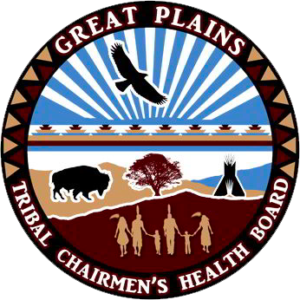“Without corn there is no song.
This excerpt from “Believe in the Corn: Manual for Puebloan Corn Growing” by Robert Mirabal and Nelson Zink, was published in February of 2013. The sad conclusion – “There are more planting songs than cornfields now.” – is still a harsh reality in much of Indian Country.
Without song there is no dance.
Without dance there is no rain.
Without rain there is no corn.
If corn dies, we die.
There are more planting songs than cornfields now.”
Not only does this paint a grim picture for farming, it presents a much larger issue for Native American communities as a whole. Losing the art of connecting to land, diminishing their ability to provide for themselves, and forcing them to rely on alternative food sources that lend to the disproportionately high rates of heart disease, obesity, diabetes, and other ailments among American Indian and Alaska Native peoples.
In spite of these obstacles, however, communities can and are fighting to revive traditional farming and take back control of feeding their communities. George Toya, Farm Manager at Pueblo of Nambe, is a community leader on the frontlines. George shared how his farming work helps his community as a whole.
“Well, it’s provided alternate source of food. We kind of live in a food desert, and the nearest grocery store from our community is about 15 minutes away by car. But then if you don’t have a car, it might as well be a hundred miles. So it makes an impact on the older folks, especially the ones that don’t have the vehicles. They have to depend on somebody else to give them a ride to the store. And so with our program, we’re providing a little bit more food that they could need and maybe it’ll save them a couple of trips a week to the grocery store. And then what we do is we also include a lot of the youth from the tribe into helping us harvest and helping us can, and things like that so that they learn also how to be self-sustaining.”
George Toya
Pueblo of Nambe is a Subawardee under the Albuquerque Area Indian Health Board and receives funding from Good Health and Wellness in Indian Country. George further explains how GHWIC’s support has impacted his work.
“One of the reasons we have our farming program is because of GHWIC and because of the funding they provided. See, we have a program, but to sustain it we depend on grants. And because we don’t sell any of the things that we produce, we give it to the tribal members, it’s hard to make that a self-sustaining project because we’re not selling or creating income from it.
George Toya
We’ve been a member of GHWIC for close to 10 years and it’s really helped our community out a lot. We’ve been able to accomplish a lot of things because of this funding and our partnerships. It’s opened our eyes to what other people are doing. Overall we found out that Native Country is all following that same path into being more self-sustainable, providing healthier foods for their tribes, and it has just been a benefit for us overall.”
Funding and support from GHWIC has had a wide impact on George’s community far beyond the farms that he manages.
“One of the things that we did when we started our program was to implement a thing called “surplus of inventory”. See, a lot of the people in the tribe have fruit trees and other things that grow, and when they’re done picking what they need, the rest falls on the ground and it attracts animals, it attracts bears. So what we did was identified the households in the community that had fruit trees and other things, and asked them if we could harvest the rest of the fruit when they’re done with theirs. And they said, ‘No problem’!
So we enlisted some of the after school program, the summer youth program, to go and help us pick these fruit and vegetables. And then we also do some foraging too. So with that, then when we have all this excess fruit that we can distribute it to the community or save it for canning classes and save it from being wasted.
One year we had an excess of apples and everybody had more than enough apples. We have a commodities warehouse, a little ways from us. And so I took the rest of it over there and asked if they could give it out to the people that come for commodities. And they said no, because it wasn’t USDA approved. But it’s all organic, no fertilizers, anything. One of the workers said, just put the boxes out in front by the gate and put ‘Free Apples’, and within an hour they were all gone. So that’s how we share with the community and the surrounding community.”
Pueblo of Nambe’s inspirational success is a clear example of how funding from GHWIC is being put to use for the betterment of Indian Country. George’s farming techniques incorporate “the old ways” of coexisting with the land and growing in harmony and his outreach efforts connects, protects, and feeds his community. Through efforts like this, fields will surely outnumber songs someday soon.








Albuquerque, NM
ccghwic@anthc.org
www.aastec.net



